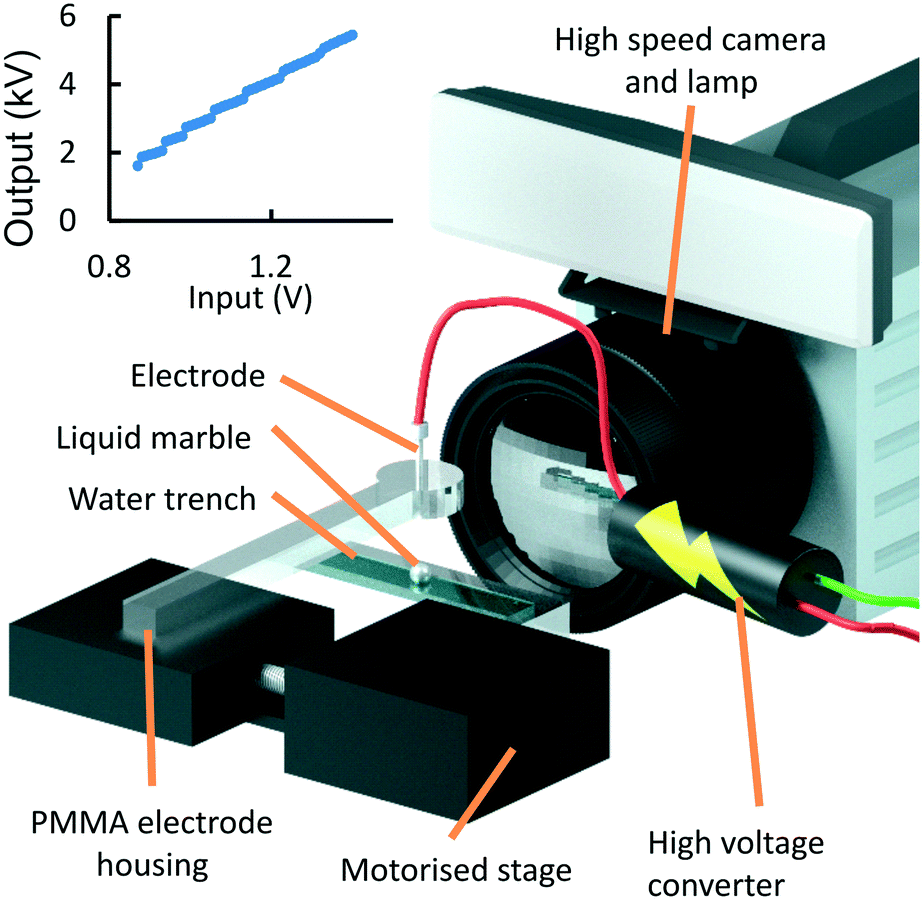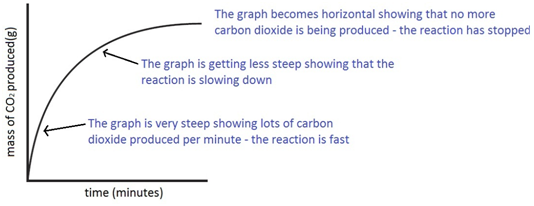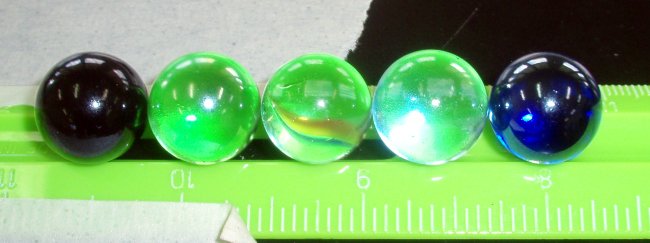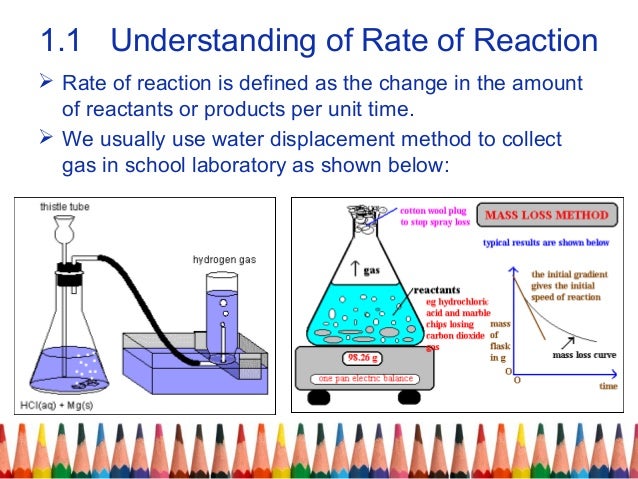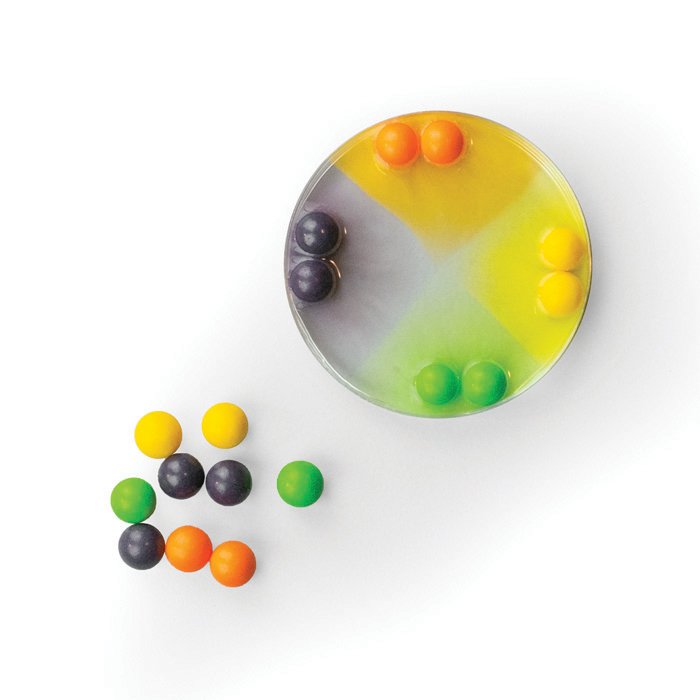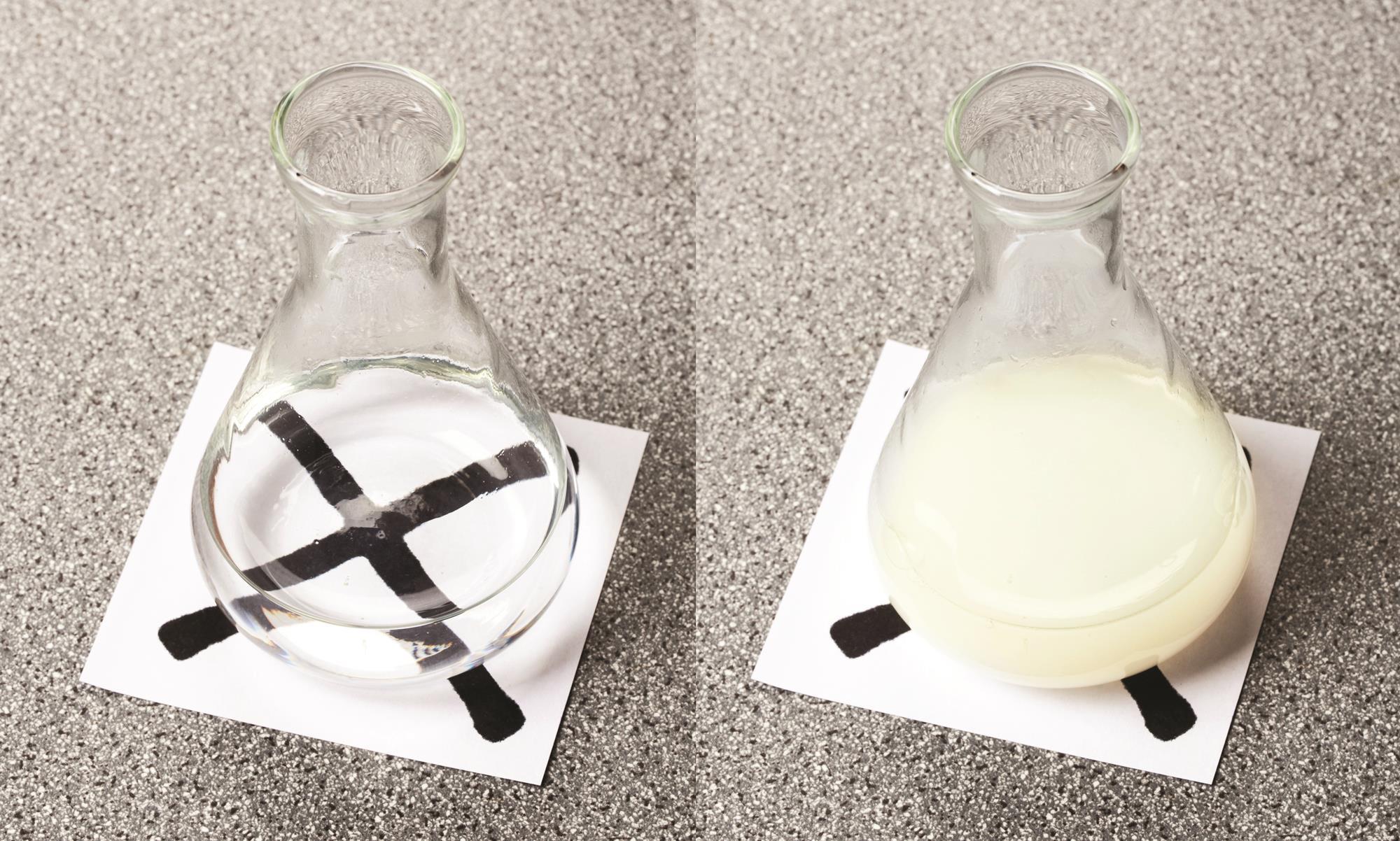To keep the marbles straight this lab will refer to the inbound marble as the blue marble and the marble that is sitting still on the track at the start as the white marble.
Making bonds energy marble collision lab.
Whereas making a new bond releases energy in the form of heat.
Your marbles may be different in color.
It is the same as the energy given out in making the same amount of covalent bonds.
In order to get the best results with this experiment you ll want to make sure that the surface you are working on is level.
The stronger the bond to be broken the more energy is required to be taken in.
In other words the rolling marble can only transfers its energy to the marble it collides with which transfers the energy to the next marble and so on.
Experiment with the number of discs masses and initial conditions.
For this purpose we use two photogates see figure 1.
Marble collisions teacher version in this lab you will roll a marble down a ramp and at the bottom of the ramp the marble will collide with another marble.
Use an air hockey table to investigate simple collisions in 1d and more complex collisions in 2d.
This is the threshold energy at or beyond which if the collisions occur new bonds form.
The marble coming into the collision is called the inbound marble in this laboratory.
A marble rolled down a ruler will push an object a student is curious about this.
Marbles roll away when you don t want them to if there.
You will measure the speed of each marble before and after the collision to determine whether momentum is conserved in this system for collisions between.
Thus we have to measure the velocity of cart 1 before the collision and the common velocity of the carts 1 and 2 after the collision.
Energy and collisions 4th grade seps.
You will measure the speed of each marble before and after the collision to determine whether momentum is conserved in this system for collisions between marbles of varying relative masses.
Bond energy measures the strength of a covalent bond.
In this lab you will roll a marble down a ramp and at the bottom of the ramp the marble will collide with another marble.
The exact energy required for a particular old bond to be broken and a new one to be formed is called the activation energy.
The energy absorbed in breaking one mole of covalent bonds is called the bond energy.
Breaking an old bond requires energy from a collision.
Vary the elasticity and see how the total momentum and kinetic energy changes during collisions.
To see the momentum of a marble before collision and its kinetic energy materials.
Energy momentum purpose.
Asking questions analyze and interpret data mathematical thinking pes.
In the first part of the lab we make sure that after the collision the carts stick together and move with some velocity common to both masses.
3 books 3 rulers 3 sets of different sizes marbles 2 marbles of each size paper clip rubber band stopwatch procedures.





